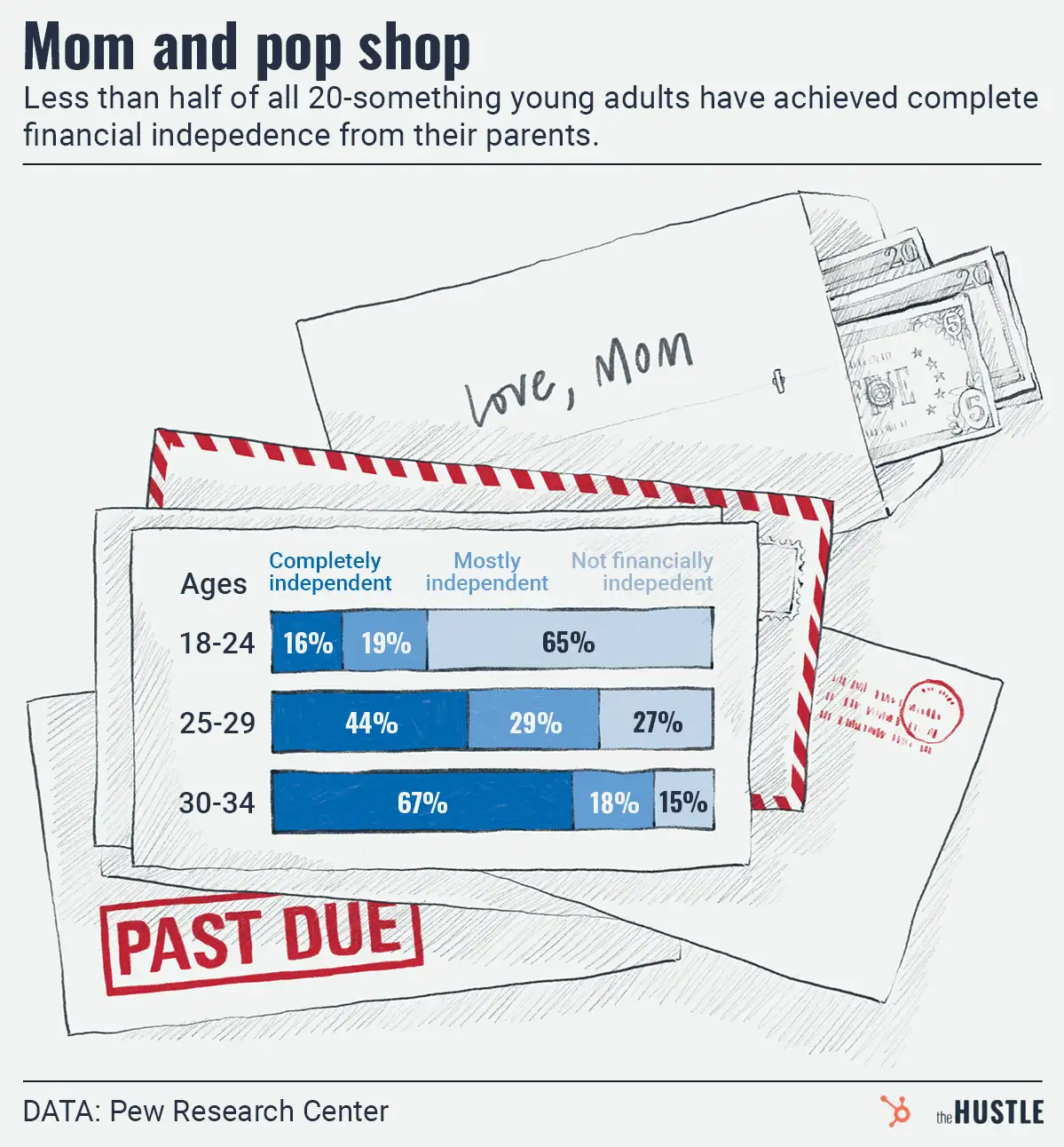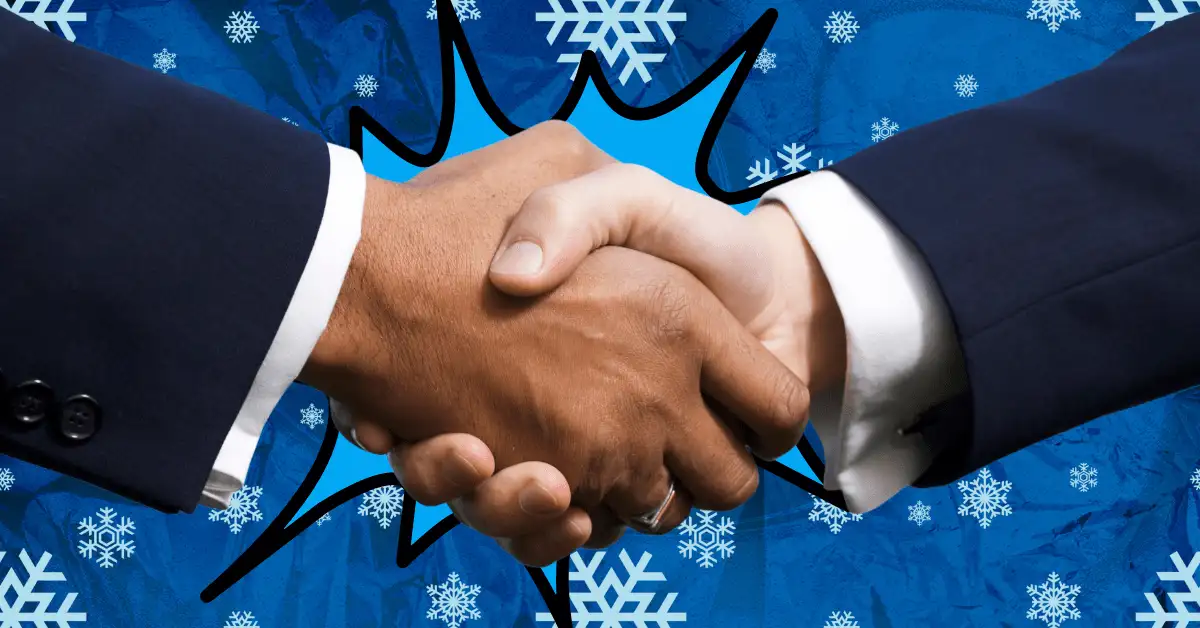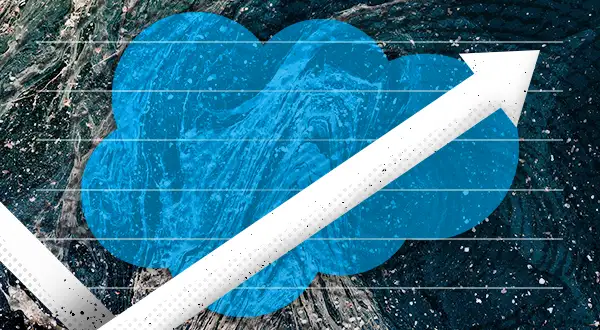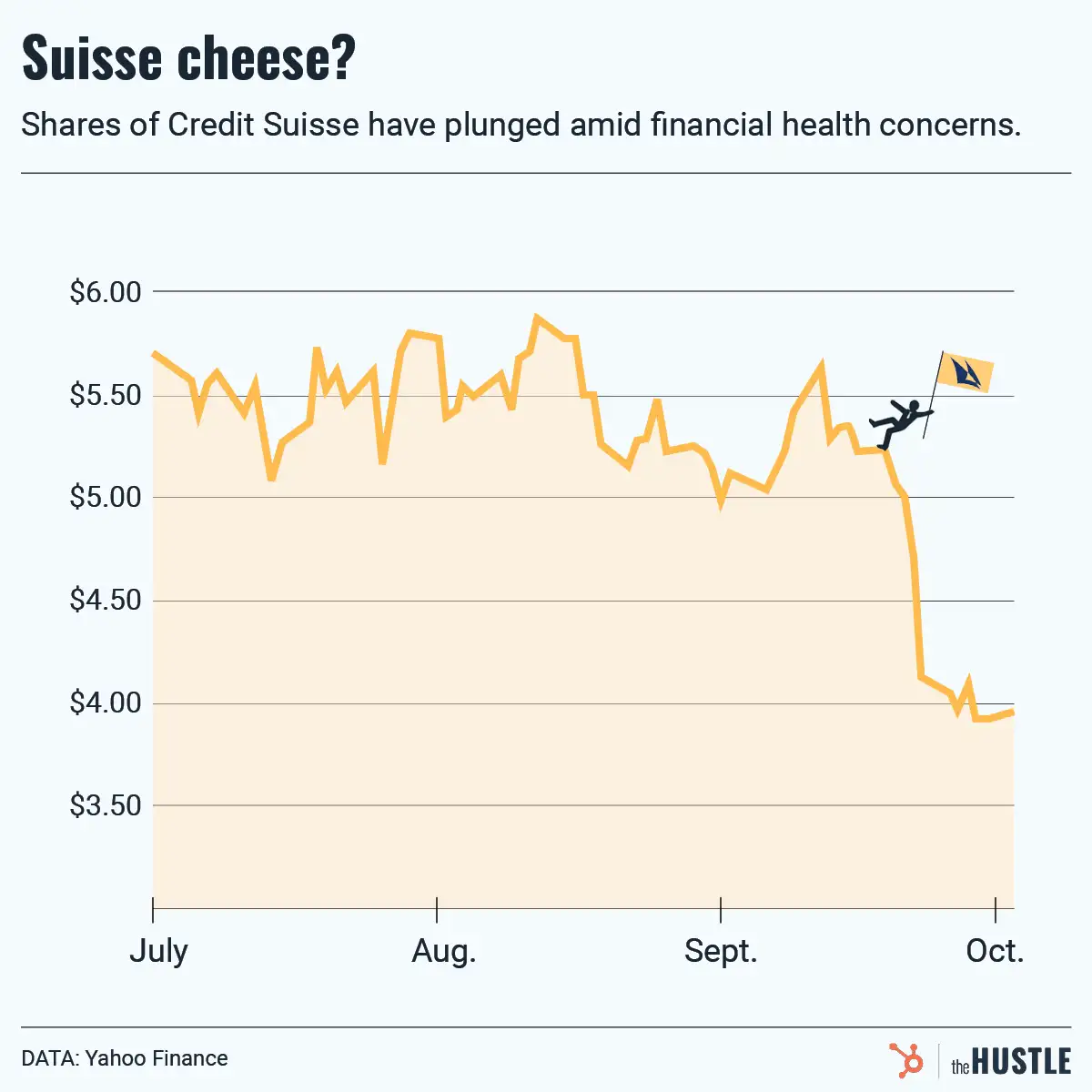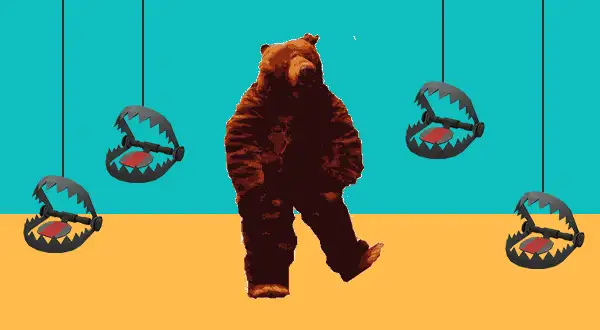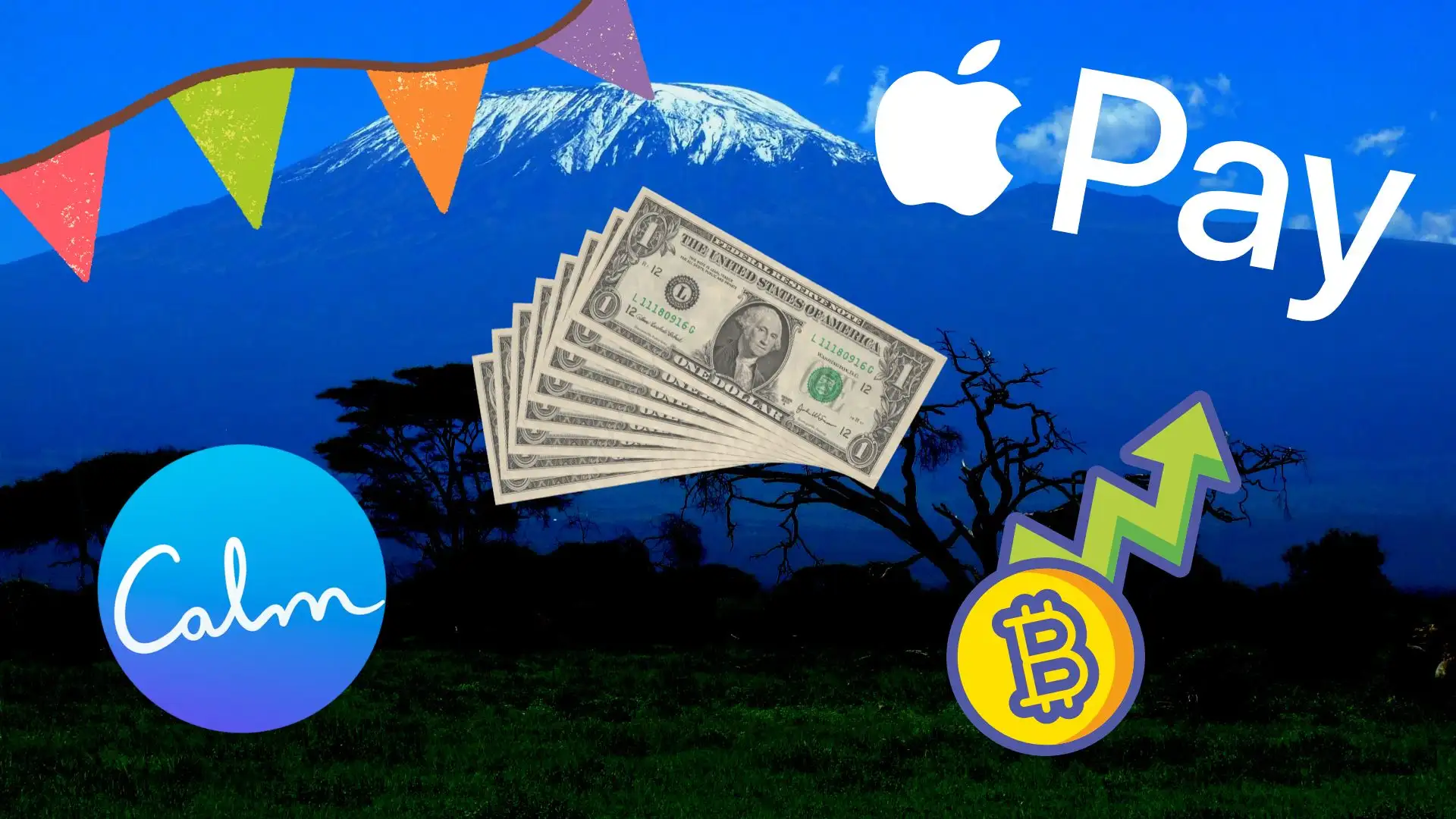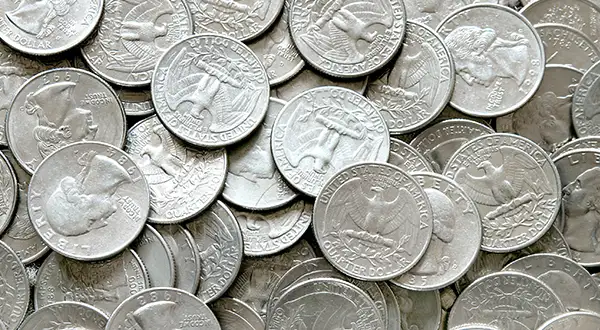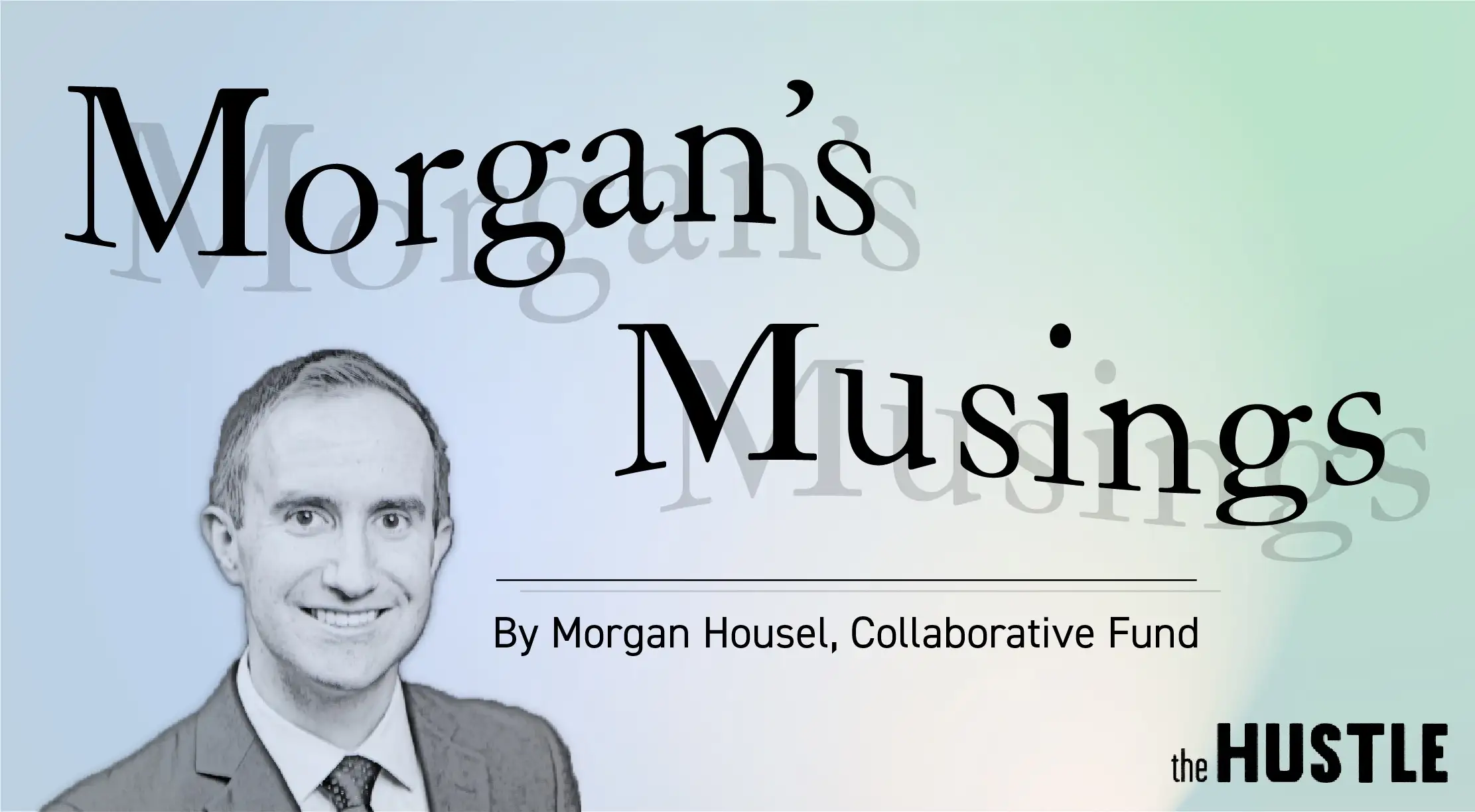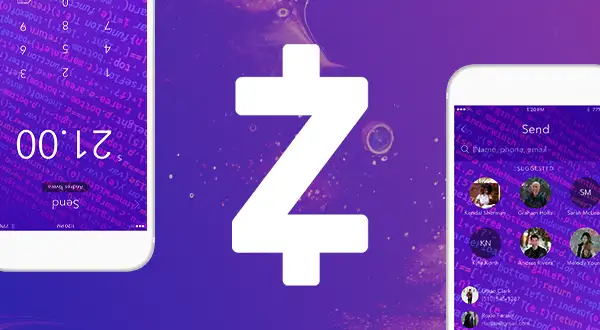PayPal, the granddaddy of the digital payments industry, has still got it: The company’s stock is up more than 100% since the start of 2017, and it still has a 61% market share.
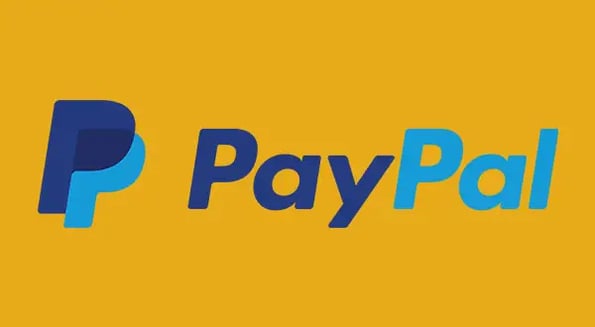
PayPal may be a product of the first dotcom boom, but it’s still on top of the digital payments world, thanks to its acquisition strategy.
The mafia moved on, but PayPal didn’t go anywhere
PayPal’s early members famously left to build other mega-businesses: Elon Musk (Tesla, SpaceX), Peter Thiel (Palantir, Founder’s Fund), Reid Hoffman (LinkedIn), Jawed Karim (YouTube), and Jeremy Stoppelman (Yelp) were all part of the PayPal mafia.
But, 21-year-old PayPal remained successful: Today, PayPal’s $100B market cap is more than 100x when it went public in 2002, and its market share is roughly 3x larger than any competitor.
Much of PayPal’s success rests on a few strategic acquisitions: PayPal acquired Venmo (as a part of Braintree) in 2013 and European payment giant iZettle in 2018, giving its user base a big boost.
PayPal will pay for users
Despite its popularity, Venmo itself still loses hundreds of millions of dollars — but its users are invaluable.
It took PayPal 12 years to grow from 50m to 200m users. After buying Venmo, its new users grew from 200m to 250m in 18 months.
Now, PayPal plans to keep buying users: The company has a $10.5B pile of cash on hand for when it finds the next Venmo.

